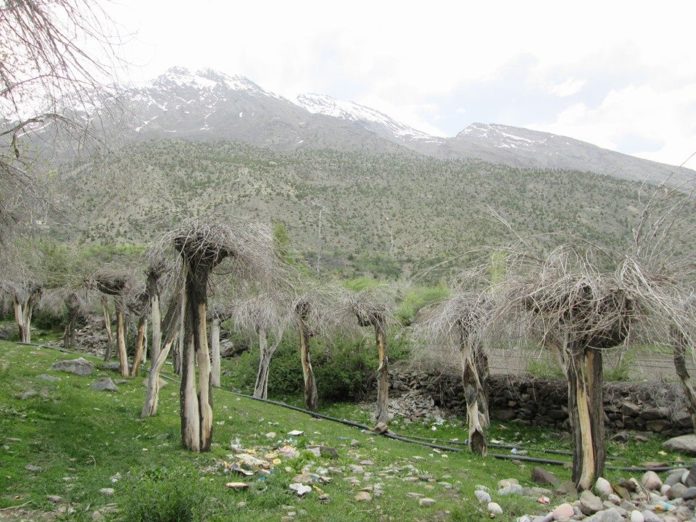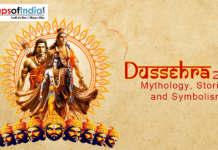In 1973 in north India, the Himalayan region began a movement that would go down in history as one of the most widespread and popular anti-government ecological movements.
The Chipko movement was a social movement that began in rural areas in then Uttar Pradesh (now part of Uttarakhand) region after the government sanctioned the felling of trees in forests surrounding the area. The movement was mainly comprised of women from all walks of life to protect their wildlife.
What led to the movement?
The government had backed the cutting of these trees to tap into them as a natural fuel resource and use the development area. The rural population of that time was heavily dependent on these forests for their food and usage of wood for the fire. The government passed this rule that denied people from using wood from the forests. Not only this, the forests keep the underground water table in check and hold the soil together; the cutting of these trees would lead to soil erosion and great flooding in the area while depleting water resources.
The meaning behind the name
Chipko in Hindi means to hug or to cling; the movement got its name from the scores of women hugging the trees to spread the message of peace and love while also challenging the government that if they wanted to cut the trees, they would have to cut the women with it as well. A genuinely bold and unforgettable action.
The movement was heavily inspired by Gandhian principles such as non-violence and satyagraha (March for the truth).
The spread of the movement
The movement spread through the entirety of what was then known as Uttaranchal, from tying sacred protective threads around the bark of trees, putting bandaids on the cuts on chir trees for the resin, to chanting sacred Bhagavadgita mantras. People at the time showed great spirit towards the protection of their homeland. Sunderlal Bahuguna, a celebrated garhwali environmentalist, led the movement and even fasted for two weeks in protest against the government’s plans.
In reni village, where 2000 trees were to be cut, the government urged all men to come together in protection of the woodcutters when in a strong show of female power, the women of all nearby villages came together in full force, lead by Gaura Devi, a fierce protector of the Chipko movement—making the government withdraw.
The movement held its ground firmly for a decade spreading to over 150 villages and over 10 historic protests.
In 1980 after a plea written by Sunderland Bahuguna to prime minister Indira Gandhi, the law was passed banning all cutting of trees for commercial purposes in Uttarakhand for 15 years. This was the most significant win for all Chipko movement soldiers.
Impact on the future
Sunderlal Bahuguna continued to march on and protest for many more environmental projects against the government. They lead significant outrage against the Tehri dam production, unfortunately to no success. They also managed to close a limestone quarry that was making nearby villages prone to disasters by mining.
Although the movement has lost most of its traction today, in 2004, a similar movement began in Himachal Pradesh but to no avail. The Chipko movement will go down in history as one of the fiercest fights for environmental rights in a non-violent and peaceful manner.
Sunderlal Bahuguna’s name will forever be remembered in Uttarakhand’s history as a man who cared for nature and wasn’t scared of speaking up for the weak.





